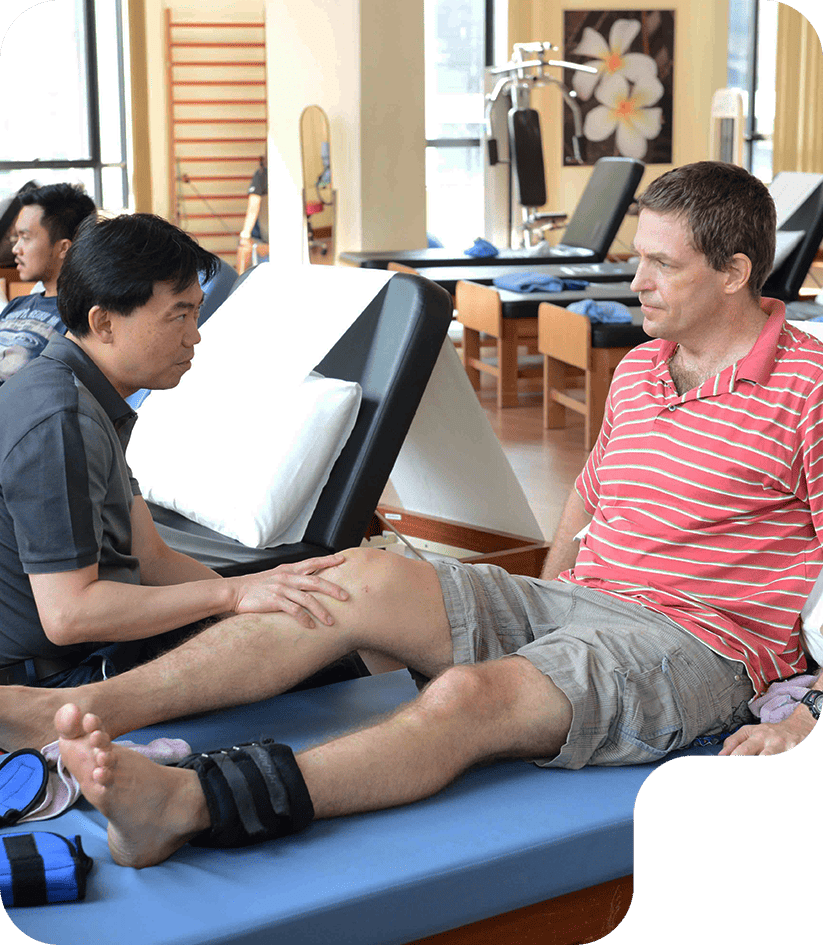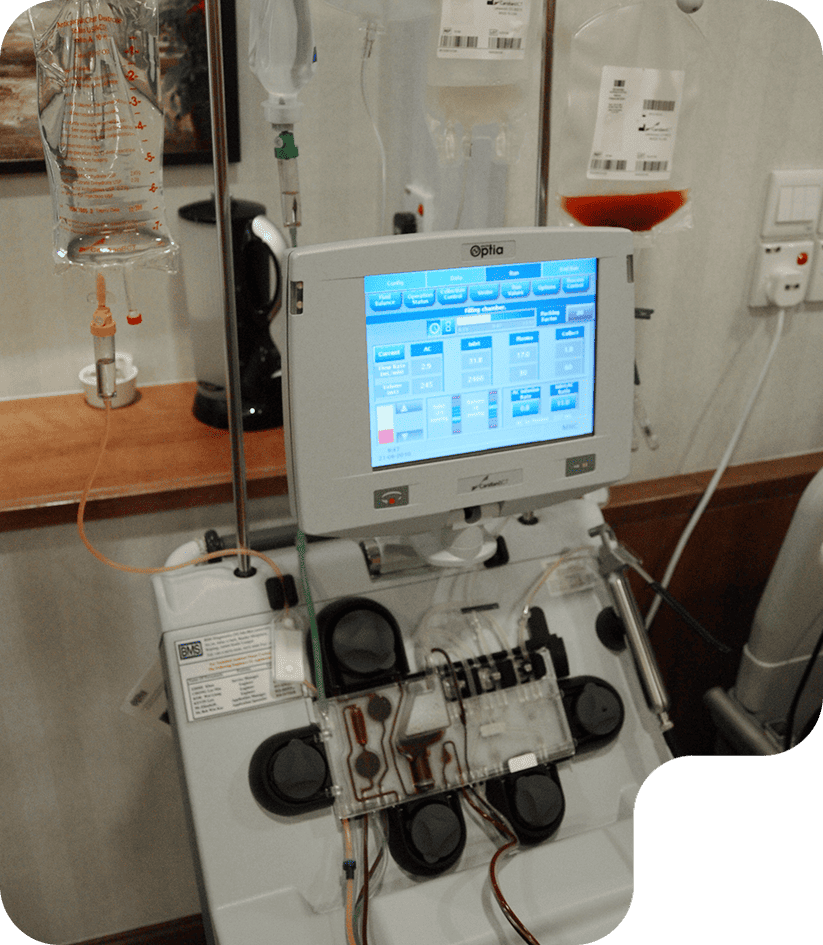A Different Level of Care
Orthopaedic & Sports Medicine Experts in Kuala Lumpur, Malaysia
At KLSMC, we believe every patient deserves exceptional care. We’re committed to treat you with dignity and respect, providing personalised attention that recognises your unique needs.

A Different Level of Care
Orthopaedic & Sports Medicine Experts in
Kuala Lumpur, Malaysia
At KLSMC, we believe every patient deserves exceptional care. We’re committed to treating you with dignity and respect, providing personalised attention that recognises your unique needs.
Our Purpose
Excellence in Orthopaedic Sports Medicine & Stem Cell Therapy
We are expert healthcare professionals delivering specialised care for families of all ages. Our state-of-the-art facility offers comprehensive services including stem cell therapy, orthopaedic surgery, physiotherapy, advanced imaging and aesthetic treatments.
We diagnose, treat, and rehabilitate conditions affecting all major joints. From minimally invasive procedures to complete joint replacements, we focus on restoring mobility, reducing pain, and helping our patients confidently return to active lifestyles.
Our team combines clinical excellence with personalised attention to ensure every patient receives exceptional care tailored to their unique needs and goals.

Explore Our Expertise
From Diagnosis to Recovery
Conditions We Treat
Advanced Treatment for Knee and Joint Conditions
Knee Arthroscopy
Knee arthroscopy is a minimally invasive surgical procedure that allows orthopaedic surgeons to visualize, diagnose, and treat problems inside the knee joint.
ACL Reconstruction Surgery
ACL reconstruction surgery is a procedure to replace a torn anterior cruciate ligament (ACL) in the knee with a tissue graft. Our orthopaedic surgeons perform this procedure using advanced arthroscopic techniques, which are minimally invasive and promote faster recovery.
Hyaluronic Acid Injection
Hyaluronic acid (HA) injection is a minimally invasive treatment designed to relieve joint pain caused by osteoarthritis. Hyaluronic acid is a naturally occurring substance in joint fluid that provides lubrication and cushioning.
Total Knee Replacement
Total knee replacement surgery to relieve pain and restore mobility in damaged joints. TKR is a specific form of arthroplasty focused on the knee joint. It replaces the damaged parts of the knee with metal and polyethylene components to restore function and eliminate pain caused by joint degeneration.
PRP Therapy
Platelet-rich plasma (PRP) treatment uses your own concentrated blood platelets to stimulate healing and tissue regeneration in the musculoskeletal.

CONSULTANT DIRECTORY
Our Specialist Doctors
Specialty
- Orthopaedic Surgery
Special Interest
- Knee Arthroscopy & Articular Cartilage Regeneration (Stem Cells)
Specialty
- Orthopaedic Surgery
Special Interest
- Knee Arthroscopy and Adult Knee Joint Replacement
Specialty
- Orthopaedic Surgery
Special Interest
- Upper Limb, Hand and Microsurgery and Upper Limb Rehabilitation
Specialty
- Orthopaedic Surgery
Special Interest
- Knee, Shoulder and Sports Injury
Specialty
- Orthopaedic Surgery
Special Interest
- Orthopaedic Traumatology, Knee & Shoulder Injuries and Articular Cartilage Regeneration
Specialty
- Orthopaedic Surgery
Special Interest
- Orthopaedics and Trauma, Knee and Shoulder Injuries, Adult Joint Replacement
Specialty
- Orthopaedic Surgery
Special Interest
- Hand, Upper Limb & Microsurgery
Specialty
- Orthopaedic Surgery
Special Interest
- Foot & Ankle Surgery
LATEST NEWS & BLOGS
Stay Updated with our Publications, News & Blogs
More
Information
More Information
Need help navigating your visit or stay with us? Explore the links below for essential information and support.





















